
Now talk about the blockchain, even on federal TV channels. We will not once again explain how it works. Instead, consider where you can apply it and in what strange at first glance transactions it has already been used.
Not to be unfounded, we asked the experts to comment on the article. Even more authoritative opinions can be found at the Moscow Blockchain & Bitcoin Conference on November 15-16.
The very first blockchain - BitcoinIt was (not so far) 2008. Now world-famous, but still not familiar to anyone, Satoshi Nakamoto published a file where he first described the protocol and principle of operation of the blockchain bitcoin. And already in 2009, on January 3, the first block was created and the first 50 Bitcoins were mined (that would be true now).
At that time, few people guessed about the future of the blockchain, and it was only a means for exchanging bitcoins within the network. Now, half of the world got sick with mining and buying cryptocurrencies, while the other half are trying to implement the blockchain wherever possible.
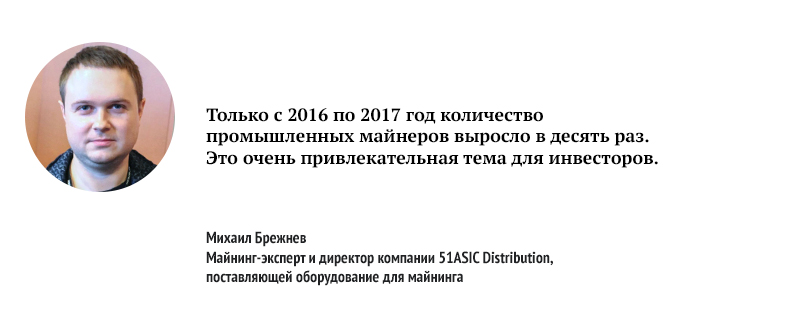
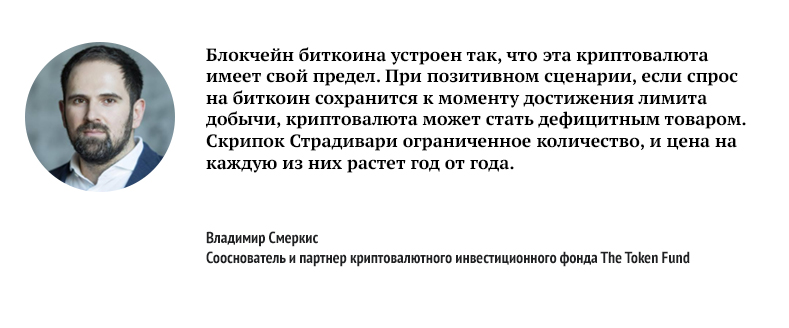 The world's first real blockchain bargain
The world's first real blockchain bargain
The first transaction through the blockchain was the delivery of cheese. This was in September 2016. Irish dairy producer Ornua delivered a batch of cheese to a trading company in the Seychelles, for which he received $ 100,000. The operation was conducted by the British bank Barclays and the blockchain start-up Wave from Israel.
What was it done for? Traditionally, such operations are accompanied by the exchange of documents that must be notarized. It usually takes 7-10 days.
The blockchain deal was completed in four hours.
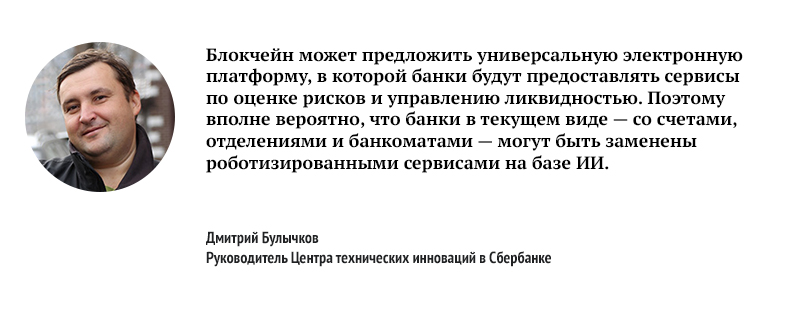 NASDAQ and sale of securities with a blockchain entry
NASDAQ and sale of securities with a blockchain entry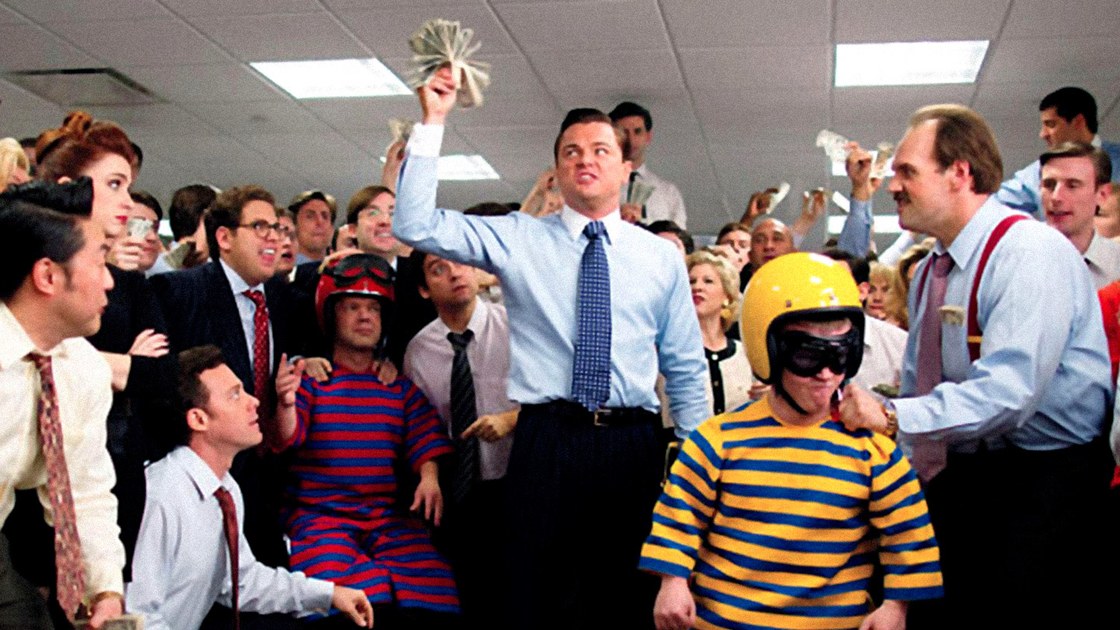
On December 30, 2015, the Nasdaq financial exchange conducted a securities sale transaction through its own blockchain platform Linq. Its record also remained in the Linq private blockchain. It was a huge leap for the entire financial community and the blockchain industry.
One of the most important moments of the transaction was the inability to steal or forge a record in the blockchain. Nasdaq later developed a shareholder voting system based on a block system.
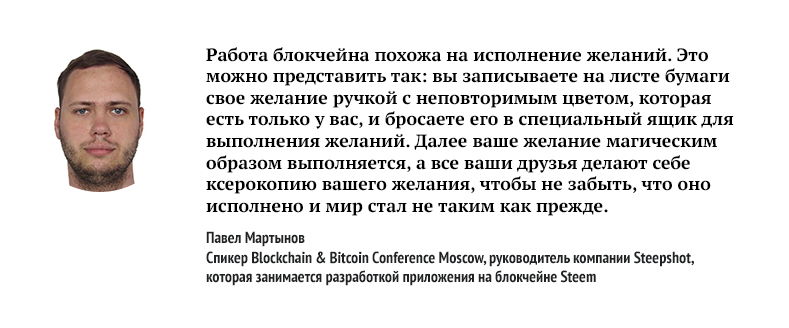 The world's first quantum blockchain
The world's first quantum blockchain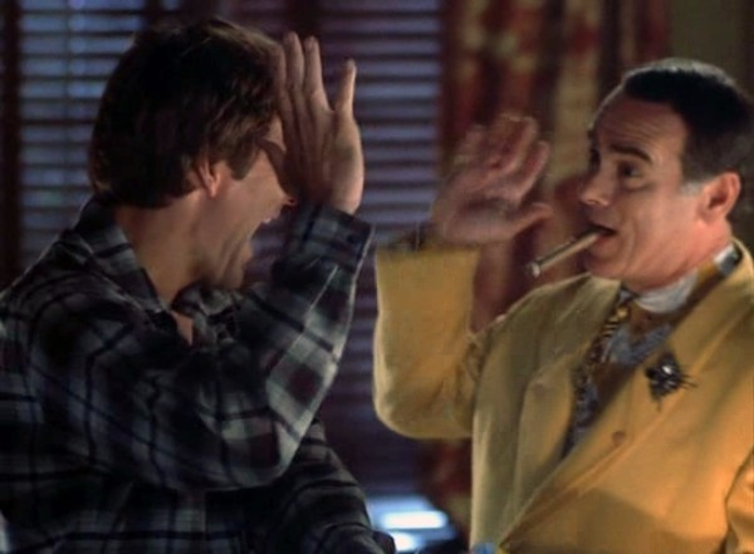
Quantum computers are still far from widespread, unlike traditional ones. But what prevents to create a quantum blockchain right now? That's right, nothing. Physicists from the Russian Quantum Center did just that: they were the first in the world to create and test the quantum blockchain.
Why do we need a quantum blockchain? The fact is that quantum computers will become much more powerful than traditional ones and will be able to solve much more complicated tasks. The quantum blockchain is designed to protect classic cryptographic encryption schemes from being cracked by a quantum computer. In theory, a quantum computer, becoming one of the nodes of the blockchain, can forge electronic signatures of users and even record a new branch of the blockchain, making it the main one. To protect against such dangers and need a quantum blockchain.
The first in the world sale of tickets through the blockchain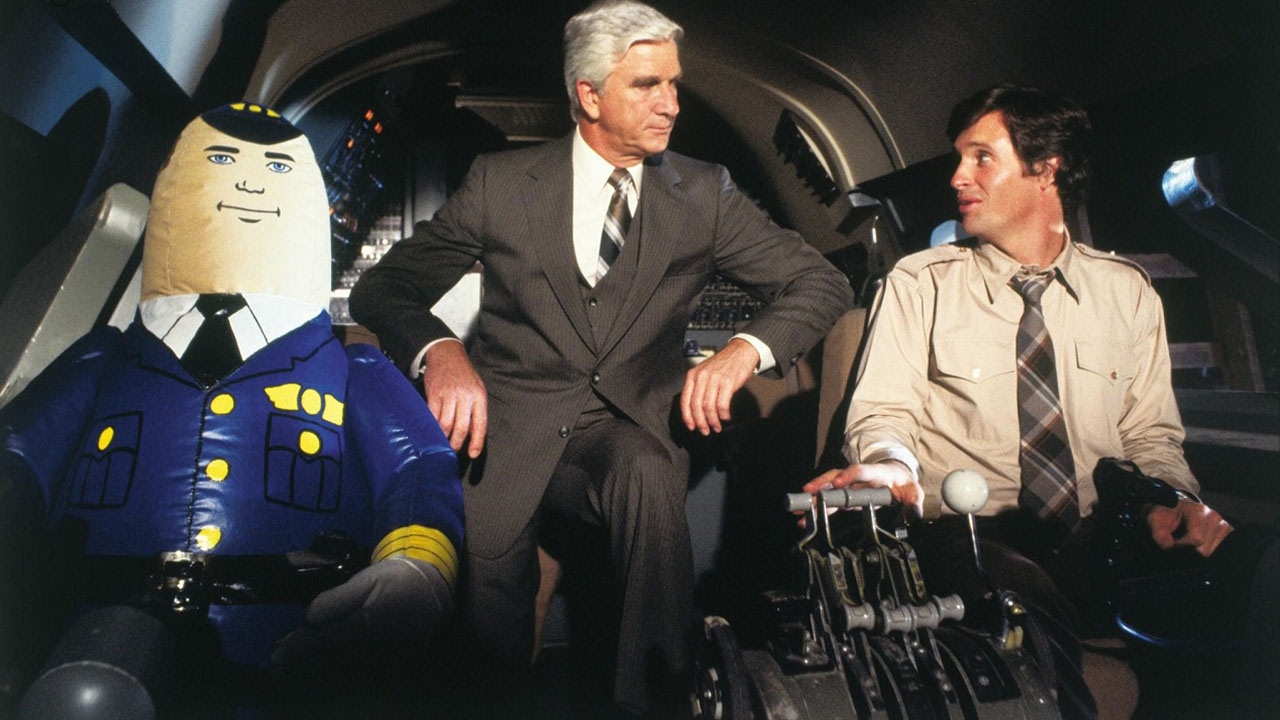
In July 2017, the world's first sale of air tickets through the blockchain took place. The Russian airline S7 Airlines sold the ticket through a blockchain platform designed to automate trading operations. The payment was transferred through Alfa-Bank via Ethereum smart contracts.
It was
smart contracts that made the process of selling airline tickets automatic. At the same time, all parties won: S7 Airlines received the money immediately after the sale, Alfa-Bank did not have to work with third-party agents to provide additional guarantees, and the buyer quickly issued his ticket.
 Blockchain in the mail
Blockchain in the mail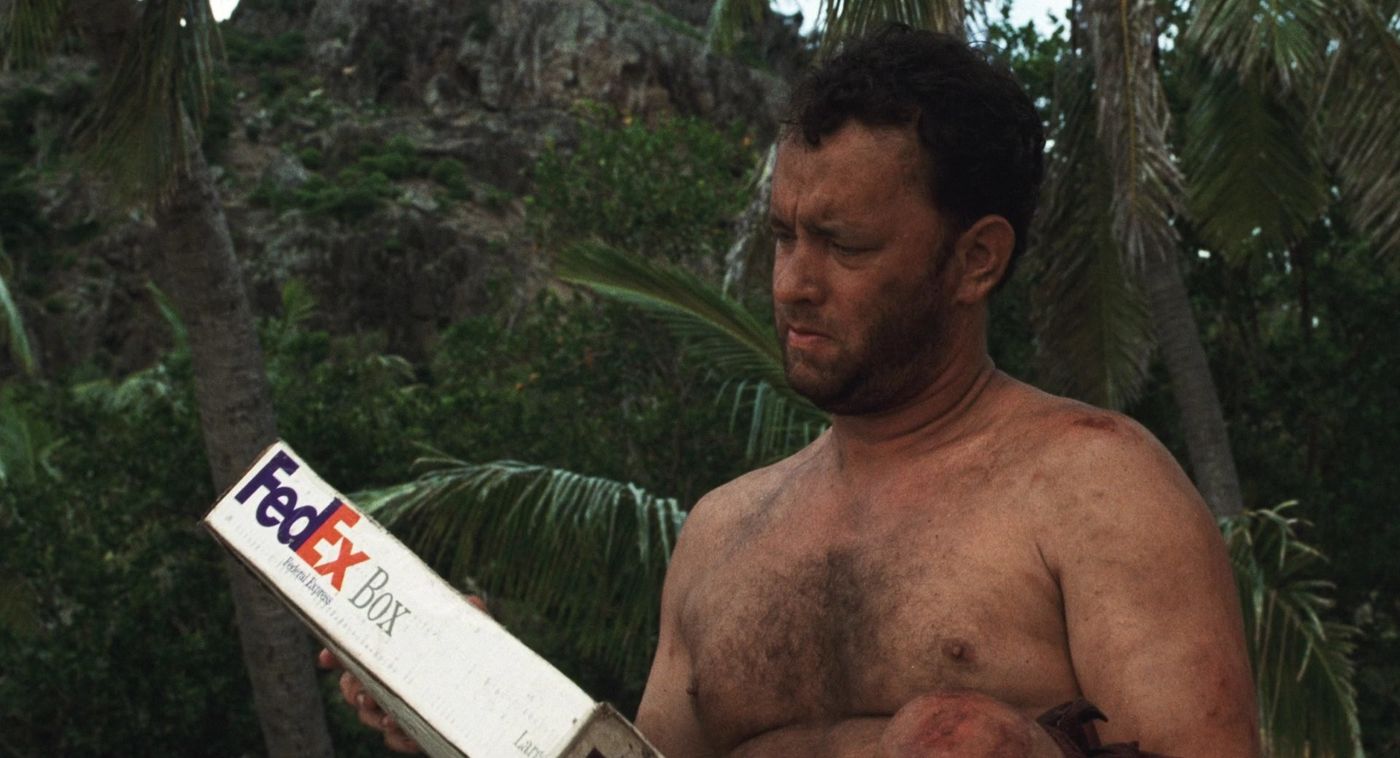
Back in March 2016, Australia Post began testing the blockchain to identify users. It used to take a lot of time for the branches, not to mention paperwork.
But Australia Post offered a digital architecture with two identification keys: one is stored in the post office, and the second is kept by the citizen himself. At the same time, user information remains encrypted and cannot be hacked by hackers. One can only imagine how the Australian postmen rejoiced at reducing the paper bureaucracy. Some would do well to adopt best practices.
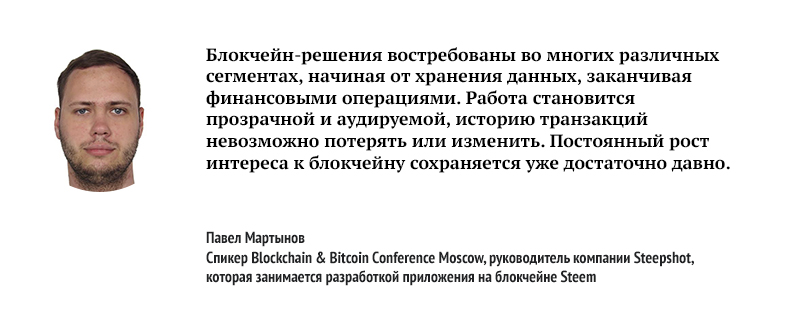 Blockchain in the state administration
Blockchain in the state administration
What if you have a lot of money? Perhaps it is worth introducing the blockchain
to the city administration . Indeed, why not? In April 2017, Dubai’s crown prince Hamdan ibn Mohammed Al Maktoum agreed with IBM to integrate the blockchain into the city’s state structures.
First, the company will change the workflow. Then it will undertake real estate, banks, medicine, transport, energy, construction, e-commerce and tourism. What will citizens get from this? It is believed that they are all well and without the blockchain. But the successful experience of introducing technology into public administration can be adopted by other countries.
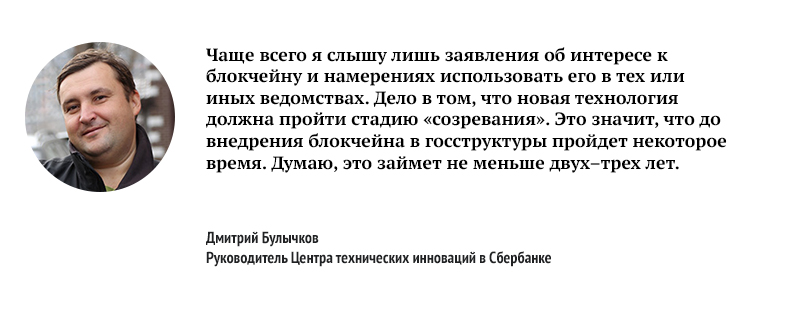 Healthcare Blockchain
Healthcare Blockchain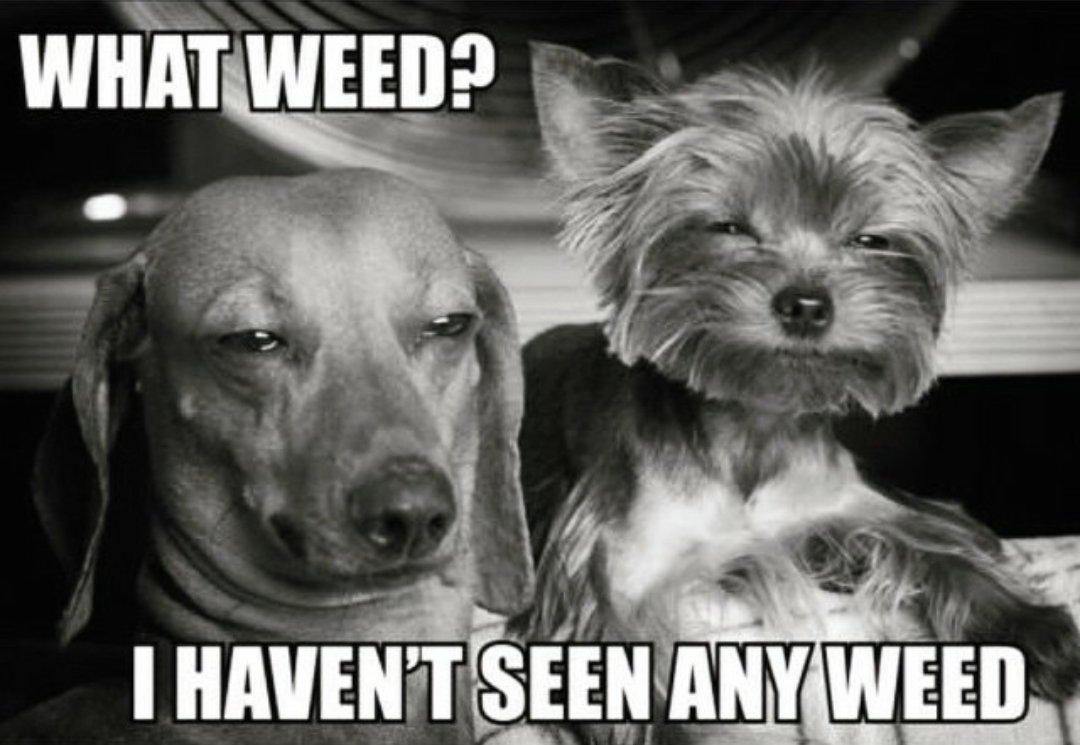
Just the other day, the international company Alternate Health, which produces medical marijuana, introduced the blockchain to "improve transparency and accountability."
The fact is that for patients needing cannabinoids, a special CanaCard card (now called CanaPass) is provided, which allows you to purchase medical marijuana from pharmacies. It is not surprising that sometimes this card is misused. And to prevent this, doctors have introduced a blockchain to account for purchases. It even allowed to integrate CanaPass with an application for mobile devices.
Now, for the treatment of cannabinoids, you can be calm.
 The first wedding through the blockchain
The first wedding through the blockchain
On August 5, 2014, the first wedding “on blockchain” took place. Newlyweds were David Mondrus, the founder of Trive's blockchain-portal for screening fake news, and his lover from the Philippines, Joyce Bayo.
The ceremony was held near the bitcoin room, accompanied by a priest. The couple recorded their oaths of loyalty in the “burning” transaction of 0.1 BTC. Now they are immortalized in the bitcoin blockchain. Despite the fact that the blockchain in fact did not play a special role in the official record of marriage, such a ceremony found followers.
These are not all examples of using the blockchain. But even from them it is clear that the potential of the technology is limited only by the imagination of man. It is quite probable that in the future blockchainization of absolutely everything in the world is waiting for us, because, evaluating the block chain, experts draw parallels with the Internet. But now, without the Internet, we cannot imagine the modern world. Maybe the blockchain will become just as commonplace in 5-10 years?